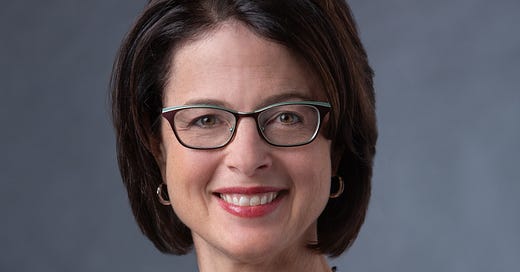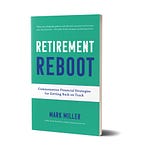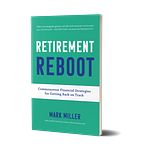Covid-19 had taken the lives of 181,000 people in nursing homes, assisted living and other long-term care facilities ….. one-third of the national total. The troubles have intensified a spotlight on long-running questions about how communities can do a better job supporting people who need care but want to live outside an institutional setting.
I explore these questions in a new New York Times Retiring column posted this weekend. I interviewed a couple dozen experts for the story in areas ranging from health care to housing, urban planning and health care. I’m planning a series of podcast follow-ups to dive deeper into different aspects of the story.
My podcast guest this week is one of those experts. Anne Tumlinson is one of the nation’s top authorities in public policy on caregiving, having worked for years on Capitol Hill and in the private sector as an analyst, researcher and consultant. She is the founder of ATI Advisory, a Washington, D.C.-based research and advisory services firm that works to reform health and long-term care delivery and financing for the nation’s frail and vulnerable older adults.
But she also is the founder of Daughterhood.org, a fascinating national network of support circles for caregivers. Earlier in her career, Anne worked as a healthcare advisor to the late Congressman John Lewis (D-GA), and then as the lead for Medicaid program oversight at the Office of Management and Budget.
I asked Anne for her thoughts on the challenges people face when they need to make caregiving decisions for loved ones, most often on short timelines and without adequate preparation or knowledge — and, how that affects the choices that need to be made between institutional and home-based care.
Listen to the podcast by clicking the player icon at the top of the newsletter. The podcast also can be found on Apple Podcasts, Spotify and Stitcher.
Biden’s big bet on expansion of home-based care
My New York Times column notes that the recently-approved American Rescue Act contains a very large ($12.7 billion) increase in federal spending on home and community-based services through the Medicaid program. Moreover, the $2 trillion infrastructure plan proposed by the Administration this week includes an addition $400 billion over eight years to bolster long-term care outside of institutional settings.
Howard Gleckman notes in a Forbes.com post that this latest proposal is an important step forward - but that it does nott address the nation’s broader long-term care problems:
It focuses on only one piece the puzzle—Medicaid HCBS. And it still won’t provide sufficient services for many older adults and younger people with disabilities who rely on Medicaid for their care. It doesn’t boost funding for a long list of non-Medicaid federal programs that are critical to those living at home. And it does nothing at all for middle-income Americans who are unable to pay for long-term care insurance but are not poor enough to qualify for Medicaid.
The rest of the Washington agenda on retirement
Congress recently rescued the retirements of more than 1 million workers who faced the prospect that the pensions they earned and had been promised might evaporate. The American Rescue Act allocated $86 billion for grants to struggling multiemployer pension funds that would allow them to continue paying full benefits. The law authorizes the Pension Benefit Guaranty Corporation (PBGC) to make the grants, which do not need to be repaid.
The generosity of the move came as a surprise. Previously, Democrats had been pushing a package of low-interest loans to aid the multiemployer funds, while Republicans wanted to boost insurance premiums paid by employers, add new premiums paid by plan participants, and force more conservative accounting assumptions.
But the Democratic majority is looking at things a bit differently this year. And so long as Congress is casting a benign eye on the well-being of these pensioners, I have a short list of other “must-do” retirement items for the consideration of lawmakers. And these are reforms that will impact a much larger - and more demographically diverse - group of retirees now and in the years ahead than the multiemployer plan fix.
My list includes:
Expansion of Social Security
Reduction of the Medicare eligibility age
Fixing long-term care insurance
Building affordable senior housing
Learn more in my Reuters column this week.
Subscribe to the newsletter
You’re subscribed to occasional, short posts sent to my free list. Sign up for the paid edition to receive my weekly in-depth report, plus online access to my series of retirement guides.














